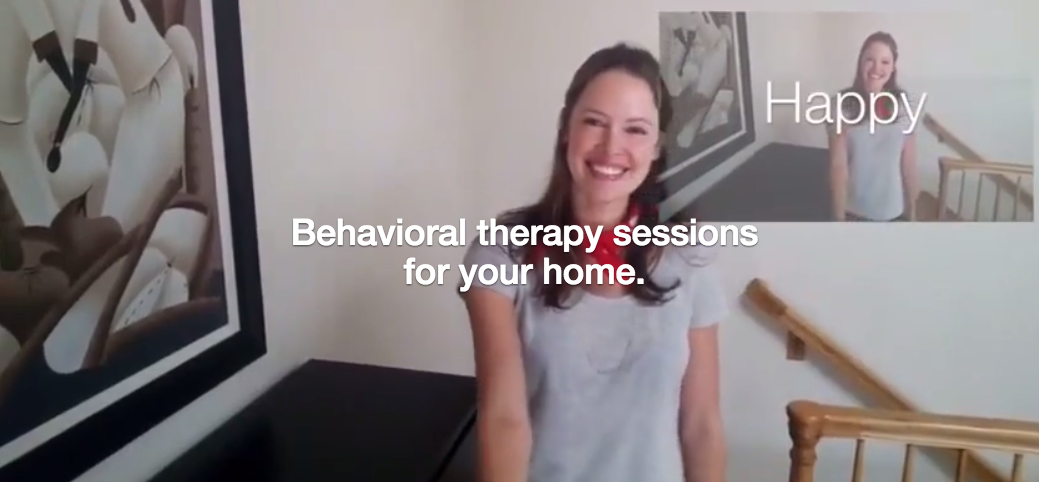
A group of researchers from Stanford University have found a new use for Google’s wearable device. The researchers are using it as a behavioral aid for individuals with autism spectrum disorders.
Individuals on the spectrum often have a hard time recognizing emotions or reading social cues, and the researchers believe the Google Glass can help them interpret that social information.
“We believe that the wearable device’s ability to provide continuous behavioral therapy outside of clinical settings will enable dramatically faster gains in social acuity for children with autism and bring quantitative progress measures like eye contact to today’s behavioral intervention programs,” said Catalin Voss, founder of the Autism Glass Project at Stanford University.
According to him, current behavioral therapy methods for getting an individual on the autism spectrum to recognize social cues have been flashcard therapy, which involves having memorizing facial expressions, while the project aims for individuals to learn them in real time in order to improve their social skills.
(Related: Finding a fit for autism in testing)
“As a result, many children with autism fail to build core social skills and can quickly regress down a path of isolation that worsens their symptoms,” Voss added.
The Autism Glass Project uses machine learning and artificial intelligence to provide facial expression recognition, and also records eye contact for an additional behavioral intervention layer.
Eric Hollander, director of the Compulsive, Impulsive and Autism Spectrum Disorder Program at the Albert Einstein College of Medicine in the Bronx, New York, believed approaches like the Autism Glass Project have the potential to help, but he worries about the potential downsides of using technology.
“You want to make sure you are not taking vulnerable populations and then exposing them to highly stimulating activities that would then increase their risks of adopting Internet addiction or Internet gaming kinds of problems,” he said.
However, Hollander said, if this is done in a smart way, he believed the technology could be used to identify biomarkers, which could then be used to track the progress of the treatment, and to facilitate kinds of social cues or social communication.
“I think that there is a lot of work that still needs to be done, but I am completely convinced that Big Data and wearable technology can play an important role in therapeutics of autism,” he said.
Voss hoped that with time the project will help provide scalable behavioral therapy at home, as well as building a social interaction dataset that can be used to get a better understanding of autism as a whole.
While the project utilizes Google Glass, Voss said they have plans to support more platforms once they pass the clinical evaluation stage.
The researchers are currently conducting a 100-person at-home study with 80 children on the spectrum to look at long-term behavioral progression.
More information is available here.






